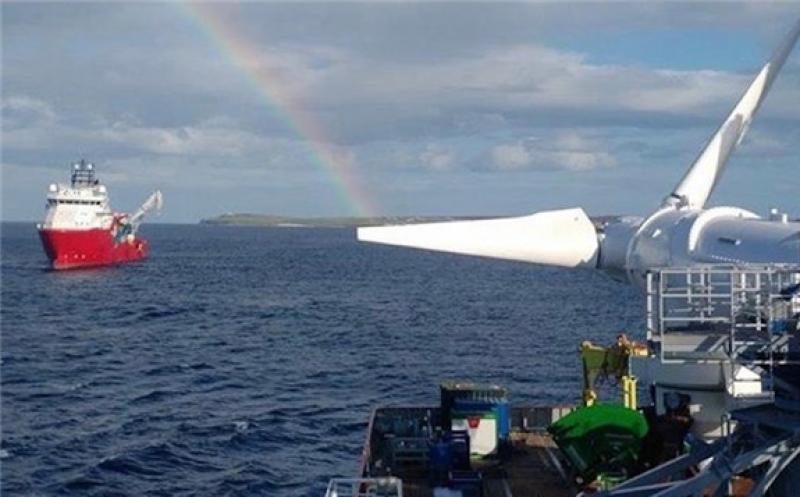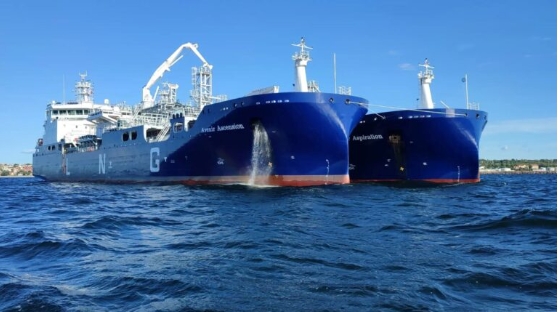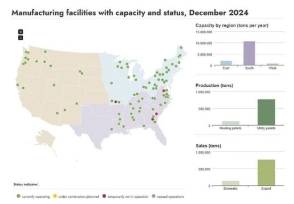European tidal stream projects generated 50% more electricity in 2019 than in 2018, according to statistics released today by Ocean Energy Europe (OEE).

OEE said 15 gigawatt-hours was added in Europe last year raising the total to 49GWh.
“This uptick demonstrates that the technology can work over a long period of time in aggressive waters,” it added.
Capacity of European tidal stream reached 27.7MW cumulatively, almost four times as much as the rest of the world, OEE said.
The rise came despite a slowdown in deployments, as developers prepare for larger projects to hit the water in the next few years, it added.
Outside of Europe, the first of several European-led projects in Canada reached financial close, thanks to a dedicated feed-in tariff for tidal energy, the trade body said.
In the wave energy sector, installed capacity in Europe grew by 25% to 11.8MW.
OEE said annual installations in other parts of the world have, for the second year running, overtook Europe, although the latter still has the most cumulative capacity installed.
The US and China installed a combined of 1.8MW in 2019, it said.
OEE chief executive Remi Gruet said: “European governments should take note of the fact that revenue support has been the driver of significant progress in Canada and China.
“The question is no longer if the technology works, but what is required to roll it out on an industrial scale.
“Every recent 2050 energy scenario sees wind and solar at the centre of European electricity production.
“The large-scale deployment of second-generation renewables such as ocean energy is essential to complement these two variable energies.
“Predictable ocean energy, producing at different times from wind and solar, will be a vital tool to support the transformation of Europe’s energy system towards a zero-carbon future.”







